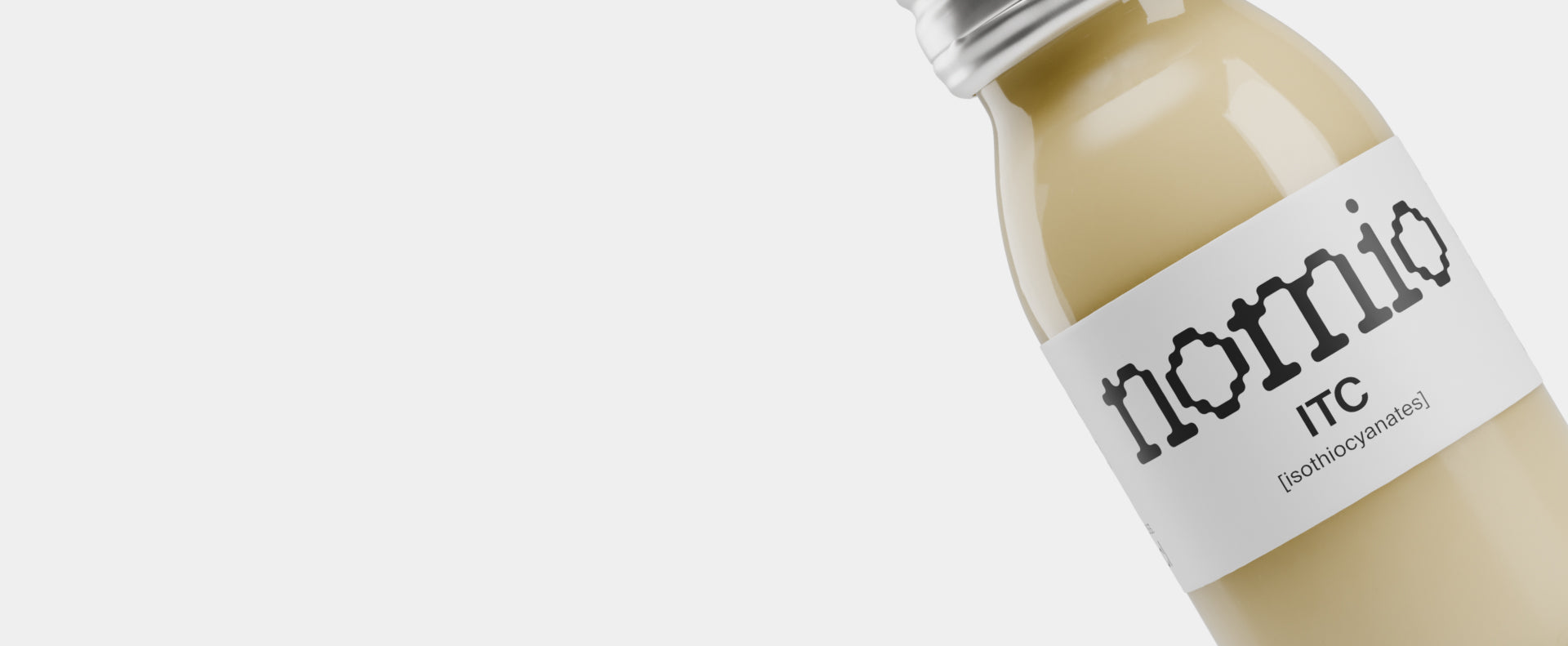Nomio is both a training product and a performance product. By using Nomio during your key sessions for extended periods of time, our research has shown that you will get faster training adaptations, meaning that you will improve quicker than you would otherwise. It allows you to push harder during sessions, and also recover faster, which also adds to the compounding improvements. In addition, Nomio improves your ability to perform during competitions or races, by reducing lactate build-up and oxidative stress during the race, allowing you to go faster than you would otherwise.







